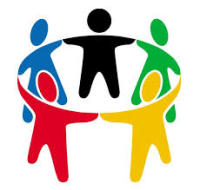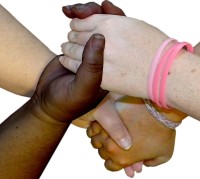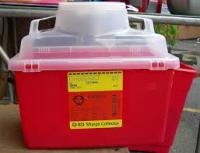http://public.health.oregon.gov/Pages/Home.aspx
http://www.who.int/mediacentre/factsheets/fs164/en/


According to recent data, Lane County has the 4th highest prevalence rate in the state and the 5 highest number of new HIV/AIDS diagnosis. As of 2006 there are 296 reported Living HIV/AIDS cases in Lane County (86.3/100,000). In addition there were 14 new HIV/AIDS diagnosis (with average of approximately 17 each year).
HIV Incidence in Lane County mirrors much of our prevalence data. Most new diagnoses are among men, particularly men who have sex with other men. In 2006, 64 percent of new diagnoses were men who reported having sex with other men. For women, the most common report risk was heterosexual sex. Oregon’s incidence data reflects similar trends, with 72% of new diagnoses being men who reported having sex with other men. And the most common reported risk for women was heterosexual sex.

In 2009, there were an estimated 16,000 acute Hepatitis C virus infections reported in the United States.
An estimated 3.2 million persons in the United States have chronic Hepatitis C virus infection. Most people do not know they are infected because they don’t look or feel sick.
Approximately 75%–85% of people who become infected with Hepatitis C virus develop chronic infection.
One in one hundred Americans has Hepatitis C: Reuters reported in March of 2014 that a CDC analysis of National Health and Nutrition Examination Survey (NHANES) data from 2003–2010 indicated that 1 percent of Americans (2.7 million) older than 6 had chronic hepatitis C virus (HCV) infections that could damage their livers severely with time.

As of December 31, 2012 there were


Staff and volunteers working in HIV Alliance’s Education Program offer presentations to schools, treatment centers, community groups and others to provide information on how HIV and Hepatitis C (HCV) are transmitted, prevention strategies to reduce the risk of contracting or spreading HIV and HCV. We also work to reduce stigma by sharing the real life stories of individuals living with or affected by these diseases.
Please contact our Volunteer and Education Assistant, Chau Nguyen at cnguyen@hivalliance.org , for more information about our education services or to request one or more of the following presentations.
For all POZ, HIV 101, and HCV 101 trainings, presenters can work with individual instructors to tailor presentations to the education and maturity levels of the students. Our presentations can also include a simple five-step decision making model so that students can begin to use critical thinking skills to manage complex or difficult decisions regarding their choices and behaviors. We may also administer a simple, short pre and post presentation test to measure increased knowledge.
We encourage you to take advantage of this free service and to plan ahead so that we can get your classes scheduled as much in advance of your desired presentation date as is reasonable. We also encourage you to consider combining the POZ and HIV 101 presentations into one 90 minute visit as this has proven to be a very effective option.


The Harm Reduction Coalition is a quarterly meeting discussing health and wellness of people who inject drugs. The Coalition’s goals include:
For more information or to attend a meeting contact the Prevention Manager at 541.342.5088.

People living with HIV/AIDS are eligible to enroll in Care Coordination with HIV Alliance, which is funded by the Ryan White Care Act. HIV Alliance serves people living in Clatsop, Coos, Curry, Douglas, Josephine, Jackson, Klamath, Lake, Lane, Lincoln, and Marion Counties. Enrollment is voluntary and confidential. Once enrolled, Care Coordinators and RN Case Managers will help with planning and managing your healthcare. As a participant you will have the benefit of having access to a well developed information and service network within your community. The intent of our program is to improve your access to services and help you with many decisions involved in living with HIV. We take a holistic approach, understanding that all aspects of a persons health & wellness should be addressed.

Harm Reduction is a public health philosophy that seeks to empower individuals, remove barriers to accessing the support that they need, and supply pragmatic approaches to risk reduction in a non-judgmental/non-coercive way that is compassionate and accepting of any positive change. Harm Reduction supports a wide spectrum of strategies from doing the behavior more safely, to limiting certain behaviors, to abstinence.
Principles of Harm Reduction include: